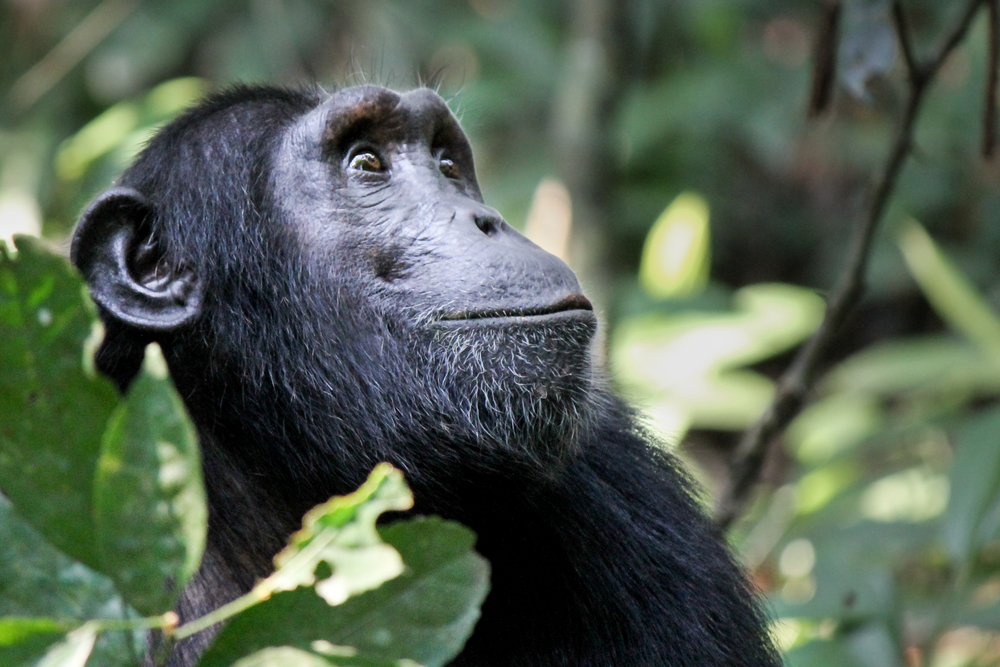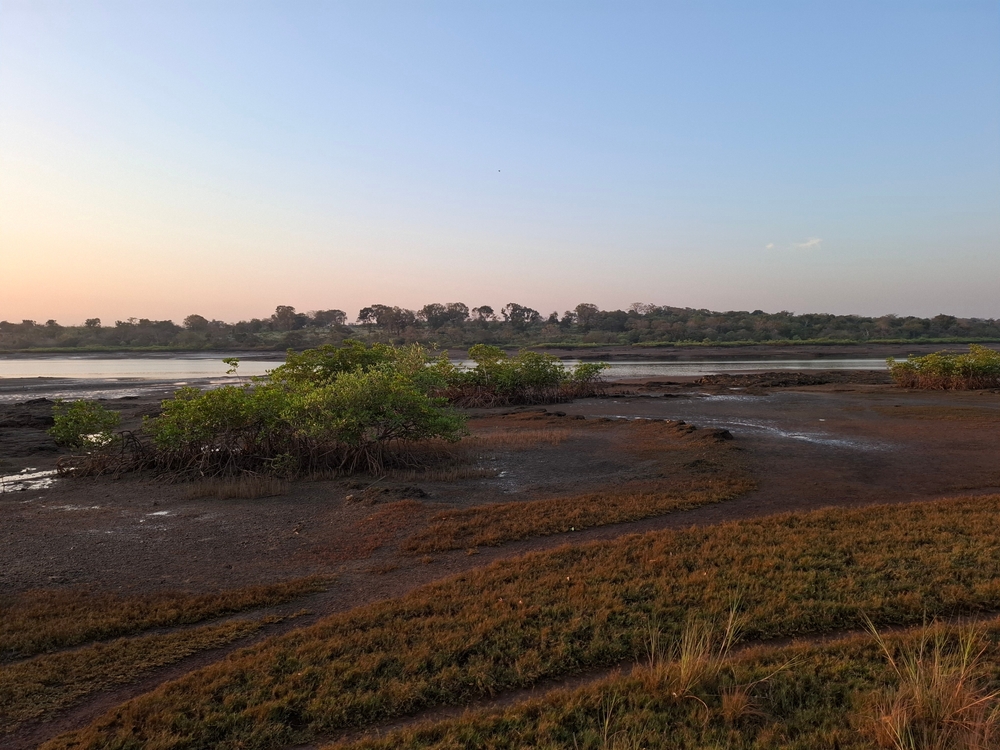Guinea-Bissau is home to a remarkable network of national parks that highlight the country’s diverse ecosystems, rich biodiversity, and cultural heritage. These parks, officially designated and protected, form the backbone of Guinea-Bissau’s conservation efforts and provide vital sanctuaries for wildlife while supporting sustainable livelihoods for local communities. Spread across coastal, marine, and terrestrial environments, the national parks showcase the unique ecological wealth of this West African nation.
One of the most renowned parks is Orango National Park, located in the Bijagós Archipelago. This park is celebrated for its extraordinary biodiversity and cultural significance. The park protects a variety of habitats, including mangroves, savannas, and beaches, making it an essential refuge for species such as green sea turtles, West African manatees, and the unique saltwater hippopotamuses. It is also home to the Bijagós people, who live in harmony with the environment and maintain traditional practices.
João Vieira and Poilão Marine National Park is another standout in Guinea-Bissau’s conservation portfolio. This marine park, also part of the Bijagós Archipelago, is a vital nesting site for green sea turtles, one of the most important in West Africa. The park’s coral reefs, mangroves, and tidal flats provide habitats for dolphins, fish, and numerous bird species, highlighting its ecological importance. Visitors can explore its pristine beaches and vibrant marine life while learning about its critical role in sea turtle conservation.
Cufada National Park, located inland, is the largest wetland reserve in Guinea-Bissau and protects a range of ecosystems, including freshwater lagoons, forests, and savannas. The Cufada lagoons are central to the park, providing habitats for crocodiles, hippos, and a rich array of bird species such as pelicans and herons. The park also supports populations of chimpanzees and colobus monkeys, making it a haven for primate conservation.
These national parks face significant challenges, including habitat loss, illegal fishing, and the impacts of climate change. Conservation efforts led by Guinea-Bissau’s Institute for Biodiversity and Protected Areas (IBAP) focus on sustainable management, community engagement, and partnerships with international organizations to ensure the long-term protection of these critical ecosystems. Eco-tourism initiatives are also being developed to provide sustainable income for local communities while fostering global appreciation for the country’s natural heritage.
Guinea-Bissau’s national parks are treasures of biodiversity and cultural importance. From the marine ecosystems of João Vieira and Poilão to the wetlands of Cufada and the unique landscapes of Orango, these parks represent the country’s commitment to preserving its natural resources. Visiting these protected areas offers a glimpse into the ecological richness of West Africa and the resilience of its conservation efforts.
















































































